Why Are PHEV Prices Continuing To Climb In 2024?
Rising Demand and Shifting Strategies Drive PHEV Costs Higher...
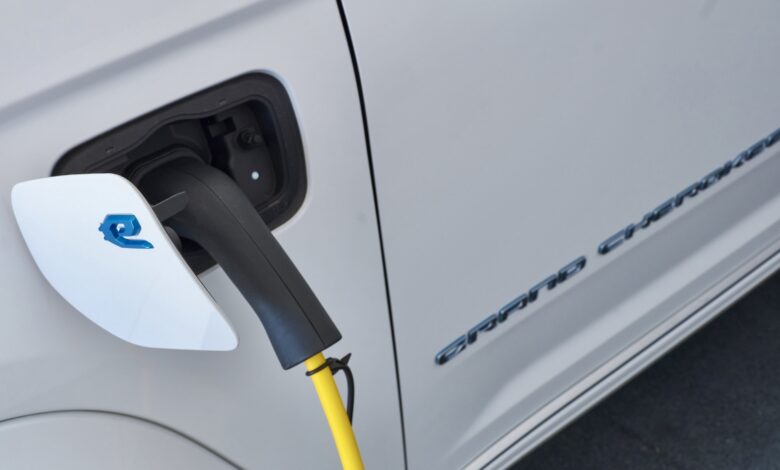
You might want to start saving up if you’re in the market for a plug-in hybrid electric vehicle (PHEV). Prices for these once more affordable alternatives to fully electric cars have soared recently, with the average PHEV selling for around $63,000 in July 2024. Surprisingly, this is more than what consumers pay for pure electric vehicles (EVs), which averaged around $58,600 during the same period. But why are PHEVs, which offer the best of both electric and gas-powered worlds, becoming so expensive?
PHEVs: The Best of Both Worlds –

PHEVs have gained popularity as a practical choice for green-car shoppers who aren’t ready to commit fully to an EV. These cars combine a battery-powered electric motor for zero-emission driving with a traditional internal combustion engine that kicks in when the battery runs low. This dual capability makes them an attractive option for drivers who experience “range anxiety” with pure EVs but still want to reduce their carbon footprint.
Several PHEVs are available in North America from Stellantis, including:
- Jeep® Wrangler Unlimited 4xe
- Jeep Grand Cherokee 4xe
- Chrysler Pacifica Hybrid
- Dodge Hornet R/T PHEV
- Alfa Romeo Tonale PHEV Q4
These models represent a range of options for consumers looking for PHEVs’ flexibility.
The Surge in PHEV Prices –
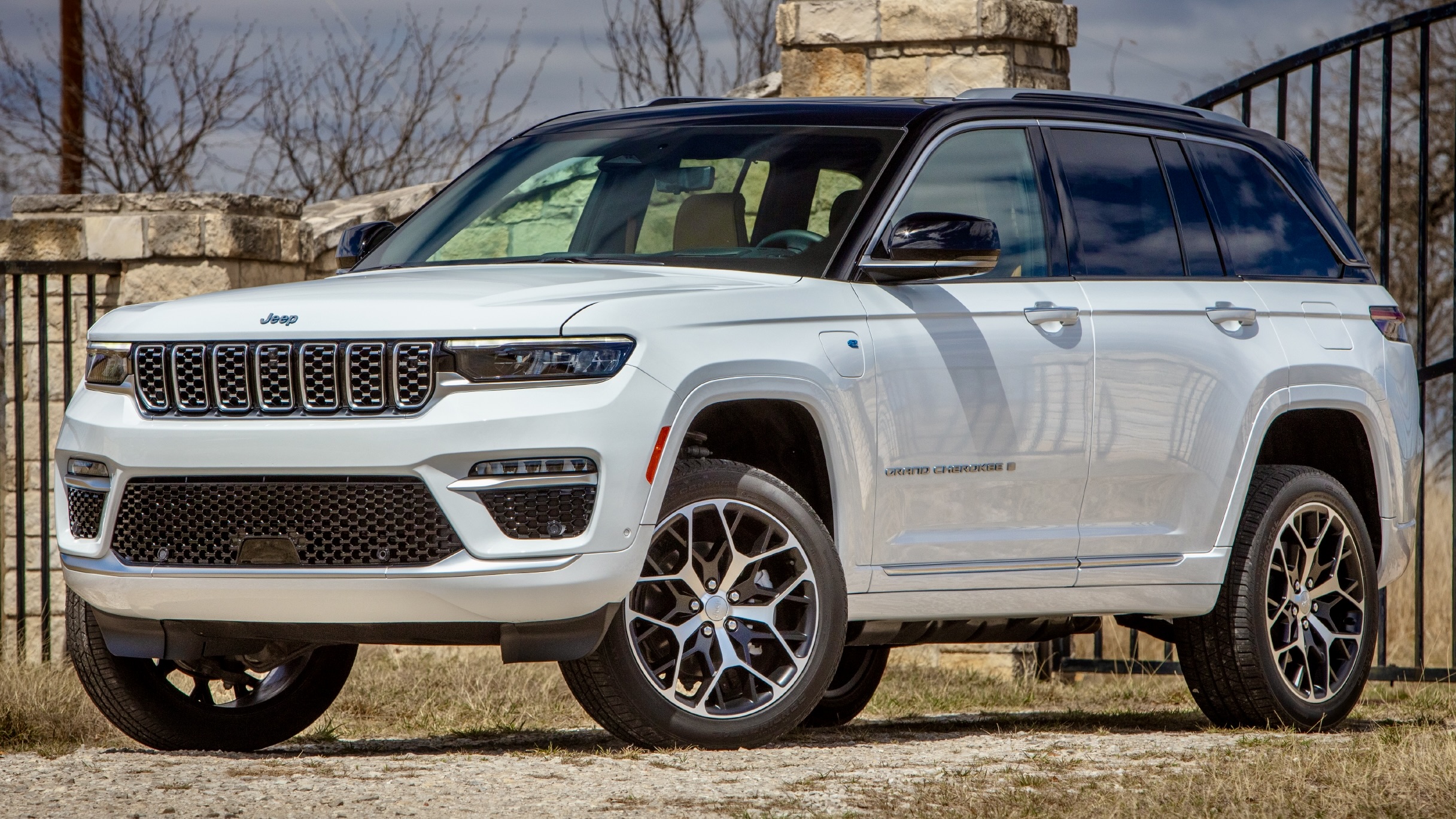
The increase in PHEV prices can be attributed to several factors. One of the most significant is the rising demand for these vehicles. As more consumers seek the flexibility that PHEVs offer, manufacturers have responded by increasing production, but not without adjusting prices upward to reflect the growing demand.
Another factor is the shift in production strategies by major automakers. For example, Ford recently announced a pivot away from fully electric three-row SUVs in favor of hybrid models. This move underscores a broader industry trend of prioritizing hybrids, particularly PHEVs, over less profitable EVs. However, this strategy shift comes with significant costs. Ford’s decision to cancel its electric SUV plans is expected to cost the company nearly $2 billion, a figure that could be passed on to consumers through higher vehicle prices.
A New Era for Hybrids –

The resurgence in hybrid vehicle sales, including PHEVs, has been remarkable. According to data from Wards Intelligence, hybrid sales were up nearly 31% in the second quarter of 2024. This growth has been fueled in part by the Biden Administration’s new emissions standards, which allow PHEVs to count towards automakers’ electric car sales targets. This inclusion is seen as a significant victory for car manufacturers, who argued that excluding partially electric cars like PHEVs from these standards was unrealistic.
The growing demand for hybrids has also led to an increase in their production costs. As automakers invest in the development and production of new PHEV models, the costs associated with research, development, and manufacturing have risen, contributing to higher prices for consumers.
The Impact on Consumers –
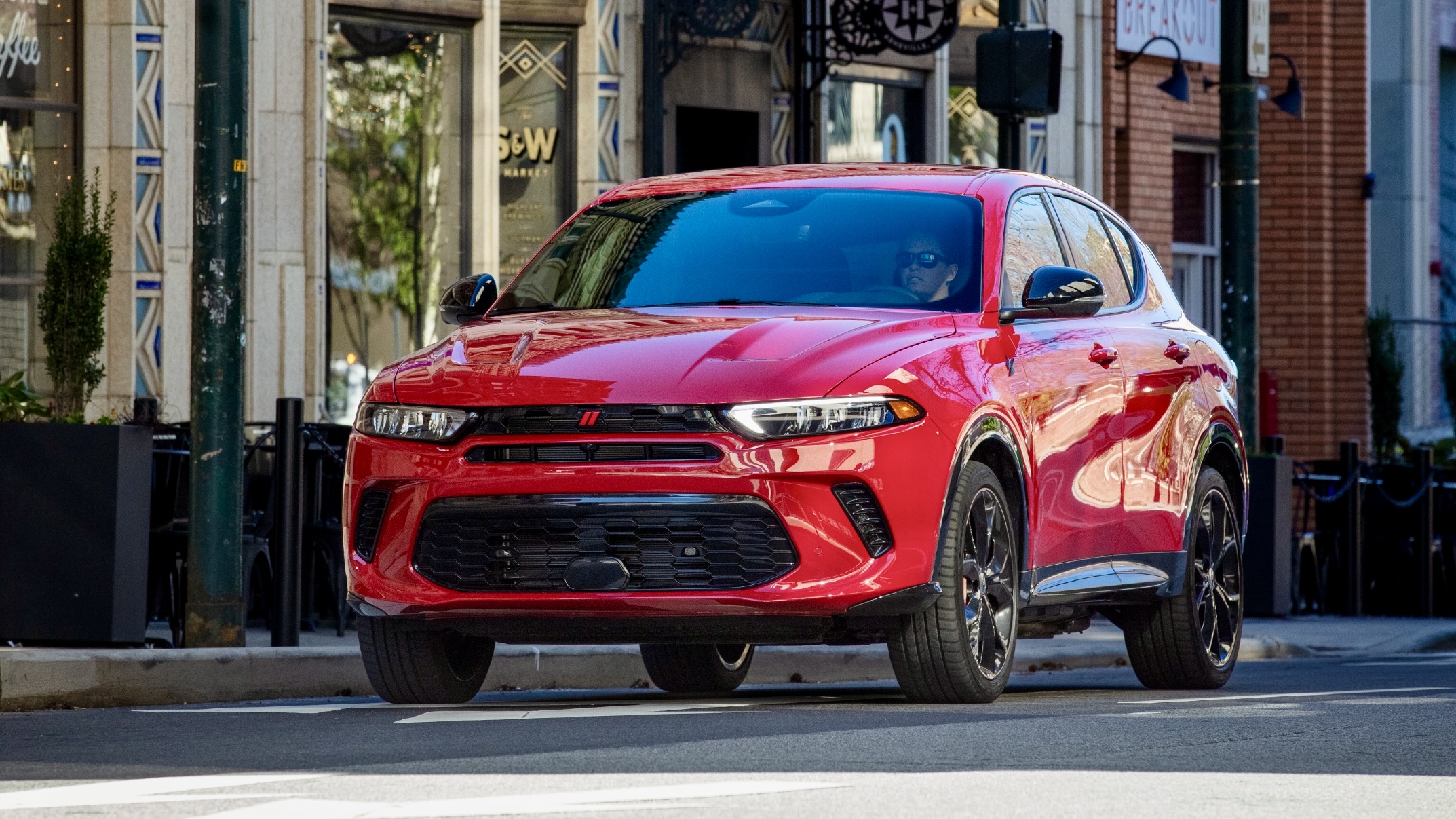
Despite the growing interest in plug-ins, consumers may hesitate to pay the premium these vehicles now command. According to data from Edmunds, PHEVs spent an average of 84 days on dealer lots before selling in July 2024, compared to 81 days for fully EVs. This suggests that while PHEVs are appealing, their higher prices may deter potential buyers.
On the other hand, traditional hybrids without a plug-in feature remain a popular choice, partly due to their lower cost. These vehicles, which offer the benefits of improved fuel efficiency without the need for external charging, had an average transaction price of $43,140 in July 2024. This is significantly cheaper than both PHEVs and fully EVs, making them an attractive option for budget-conscious consumers.
Looking Ahead –

As the automotive industry continues to evolve, the future of PHEV pricing remains uncertain. While these vehicles offer a compelling compromise between electric and gas-powered driving, their rising costs may push some consumers to explore other options, such as traditional hybrids or fully electric cars. For now, shoppers looking to purchase a PHEV should be prepared to pay a premium for these vehicles’ flexibility and convenience.
The trend towards higher prices suggests that affordable PHEVs may be behind us.
Source: Business Insider


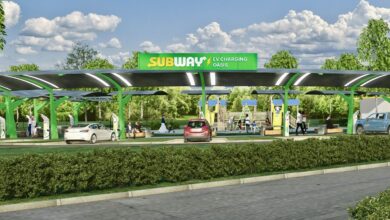
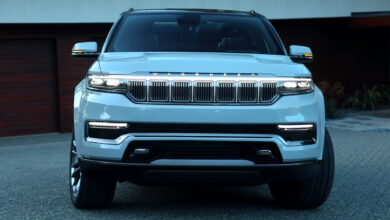


No replies yet
Loading new replies...
Join the full discussion at the Mopar Insiders Forum →